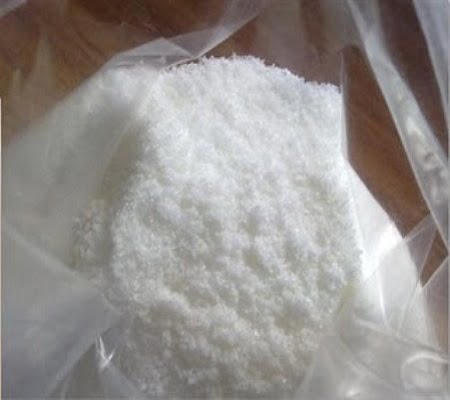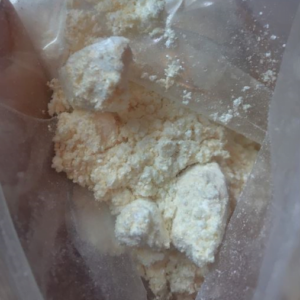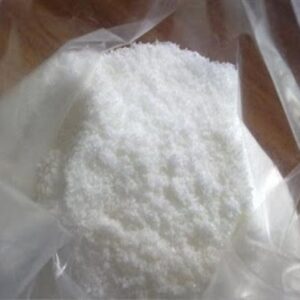Introduction
Methoxetamine, commonly known as MXE, is a synthetic dissociative substance that is chemically similar to ketamine and phencyclidine (PCP). It was first synthesized in the early 2010s and gained popularity among recreational drug users due to its dissociative and hallucinogenic effects. MXE has been marketed as a legal alternative to ketamine, but its legality has been highly contested in many countries.
Chemical Properties
MXE has a molecular formula of C15H21NO2 and a molecular weight of 247.33 g/mol. It is a white crystalline powder that is highly soluble in organic solvents like ethanol, methanol, and DMSO. MXE has a melting point of 205-207°C and a boiling point of 355.8°C at 760 mmHg.
Synthesis
MXE is typically synthesized in a laboratory setting using a multi-step process that involves several chemical reactions. The starting materials used in the synthesis of MXE are 2-methoxy-2-phenylethylamine and 3,4-methylenedioxyphenylacetone. The final product is then purified through recrystallization and characterized using analytical techniques like NMR spectroscopy and mass spectrometry.
Pharmacology
MXE exerts its effects by acting as a selective antagonist of the NMDA receptor, leading to a dissociative state and altered perceptions. MXE also acts on other neurotransmitter systems, such as the dopamine, serotonin, and norepinephrine systems, which may contribute to its psychoactive effects. The effects of MXE can vary in intensity and duration depending on the dosage and route of administration.
Effects
When consumed, MXE can produce a range of psychoactive effects, including dissociation, hallucinations, altered perceptions, and euphoria. These effects can vary in intensity and duration depending on the dosage and route of administration. MXE is typically consumed by snorting or smoking the powder, or by ingesting it in capsules or tablets.
Risks and Side Effects
Like other dissociative substances, MXE can pose significant risks to human health, especially when used in high doses or for prolonged periods. The adverse effects of MXE can include tachycardia, hypertension, respiratory depression, anxiety, paranoia, and even psychosis and death in some cases. Long-term use of MXE may also lead to addiction, tolerance, and withdrawal symptoms upon cessation.
Conclusion
In conclusion, MXE is a synthetic dissociative substance that produces dissociative and hallucinogenic effects by acting as a selective antagonist of the NMDA receptor. However, it can also pose significant risks to human health, including addiction, tolerance, and withdrawal symptoms, as well as adverse effects such as tachycardia, hypertension, respiratory depression, anxiety, and paranoia. As such, it is important to use MXE with caution and under medical supervision.






Reviews
There are no reviews yet.